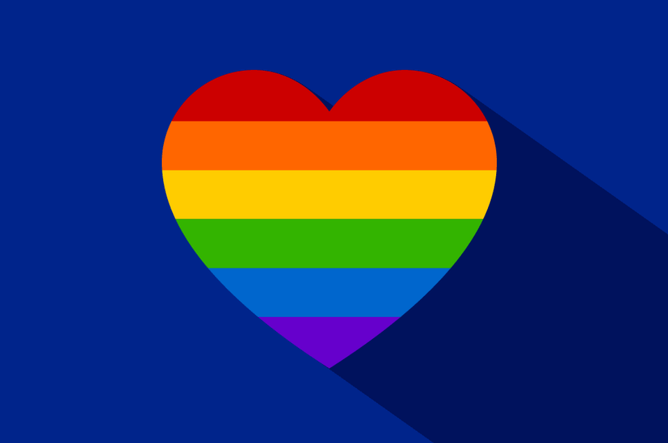One of our new Trustees, Kiran Patel (he/him) explores what pride means to him.
Why are we proud?
I had always misunderstood pride as seeking acceptance rather feeling honourable about yourself. As an adolescent, to be queer meant to survive in a world that was not shaped to your needs. You learn to bury your true self in layers of shame and guilt and craft a fabricated presentation of heteronormative identity to the world where there is no room for authentic pleasure or satisfaction. So how exactly do we, as queer people, begin to feel pride? When exactly does that switch flip?
As I reflected on these questions during International Pride Month, I thought back to the defining, pivotal moments of queer history for me growing up in New Zealand in the 21st century – maybe it was the legalisation of gay marriage in Aotearoa in 2011, or seeing Maia and Jays’ civil ceremony from Shortland Street when I was 8 and feeling touched in a serendipitous way. And yet despite these small crumbs of hope in the world, the everyday reality of living as a queer person in the early 2010s never seemed to reflect the flag waving and voices of support that echoed throughout social media. These moments of celebration were often tainted by the protests and threats of violence that seeped like venom into the discourse of queer history, reminding us once again that there would always be hatred permeating around our very existence.
As queer discourse and media rapidly filtered into mainstream culture in the late 2010s, public perceptions towards expressions of gender and sexuality also seemed to progress. Though the world wasn’t suddenly one big liberal-arts college, I’ve tried to pinpoint when exactly the paradigm shifted from the word fag being written on a post-it note and stuck to my back during high school, to the same original homophobes reposting infographics on their Instagram story about banning conversion therapy. Over time the secret of my sexuality stopped feeling so Don’t Ask Don’t Tell, nor did I feel as scared of being gay bashed on the street for wearing pink nail polish.
Under the assumption and privilege that most people within my immediate bubble weren’t homophobic, I slowly became more comfortable slipping my gayness into casual conversation, speaking unself-consciously with my hands titled at a 90-degree angle, or gossiping with the girlies about crushes on male celebrities. It suddenly became cool and trendy to be an ally, and I shamelessly enjoyed the attention and quiet acceptance that came with playing this role. But did that mean I was proud, or simply enjoying the spoils of heterosexual progressiveness?
Now, in the present, how exactly do I celebrate my pride? I’ve decided that rather than shrink myself into spaces where I’m not wanted, support the heterosexual colonisation of what pride should be, or feel disillusioned by our communities’ progress given the threats and violence we face daily, I’m choosing to take stock and celebrate Pride in the ways that feels meaningful to me. It means buying the works of queer POC creatives. It means supporting the incredible mahi being done by organisations like the Burnett Foundation Aotearoa (formally, the New Zealand AIDS Foundation) through their activism and education on HIV, and in raising awareness about our queer ancestors that allow us to live with the freedom and knowledge that we have now. It means donating to uniquely queer spaces like Rainbow Youth, an organisation that provides resources and advocacy for our queer Rangatahi. It means celebrating the historic progress undertaken by our community this year such as the banning of conversion therapy, or the work currently being completed by SPOTS to provide evidence that it is safe for gay men to donate blood.
This year, I don’t only think what it means to be proud of being a queer person, I think of what it means to be proud of the person who is queer. It’s a reminder for me to continue learning to love myself and appreciate the journey it has taken to be where I am now. To invest in and believe in myself, and to seek authenticity in everything I do. To keep writing even when it feels like no one else will care about what this queer, Indian boy has to say. To keep strutting down Lambton Quay in a skirt and heeled booties with an unabashed confidence in who I am. To believe in the power of my voice and my words to help shape the trajectory of queer culture and history in Aotearoa. We still have a long way to go, and yet I remain unequivocally proud of the person standing right there in the mirror, each and every day.
- Kiran Patel
This article is republished with Kiran's permission from his new blog! Check it out here.
